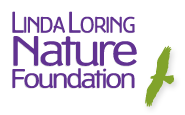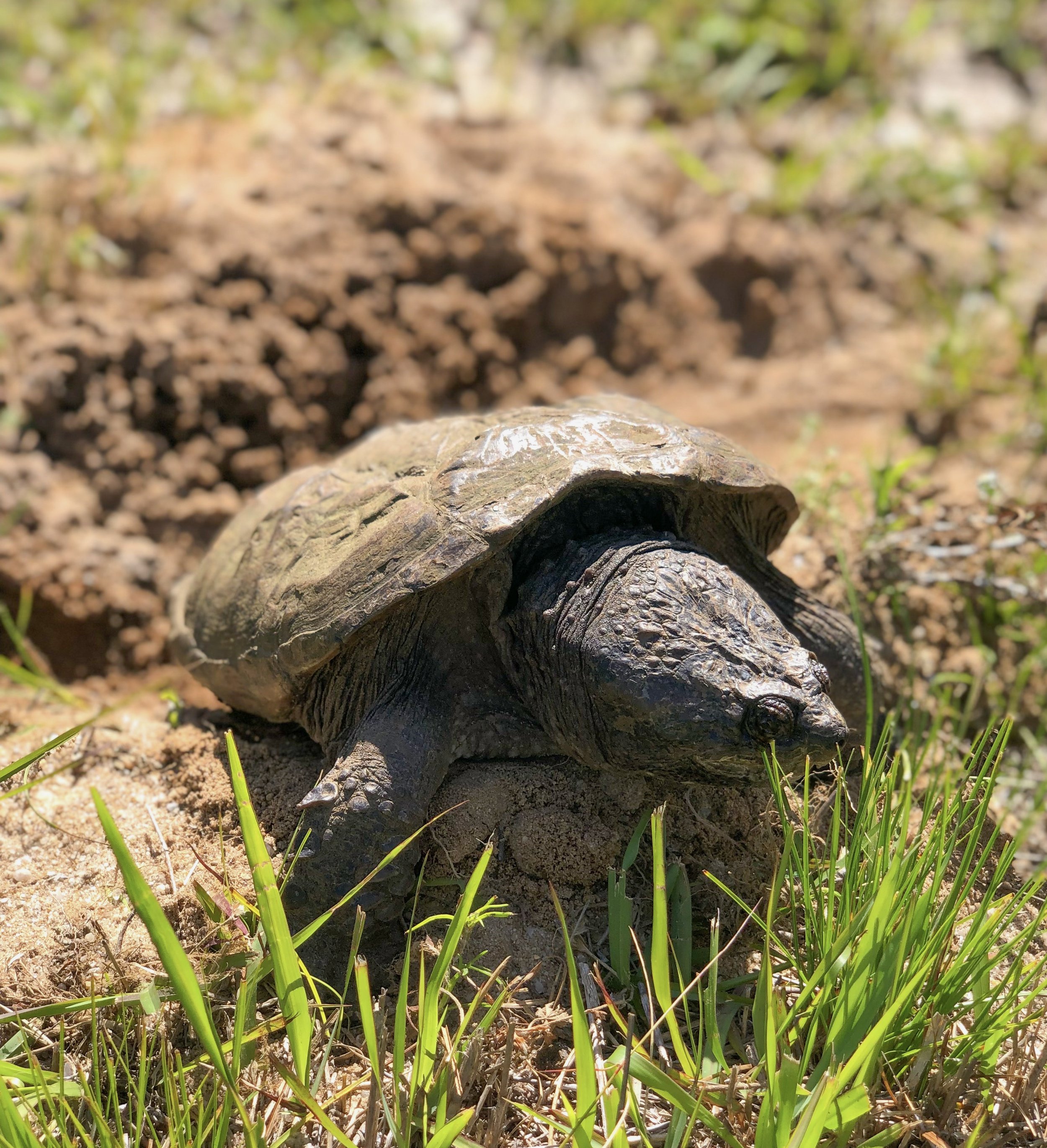The Linda Loring Nature Foundation is pleased to announce that we are the recipients of a national award for excellence in phenological research and outreach.
The National Phenology Network has named LLNF as PhenoChampions for our work in observing, recording, and educating the public about phenology.
Dr. Sarah Bois with a group of New School students on a field trip to LLNF to learn about phenology.
For ten years, LLNF has studied the phenology of a diversity of plant species including common, native shrubs that are signature species of the landscape. Phenology is the study of the timing and cyclical patterns of events in the natural world, particularly those related to the annual life cycles of plants, animals, and other living things. These events include the budding of leaves in spring, the arrival of migratory birds, insect hatch, and the flowering of plants.
Phenology is a vital field of ecological research that helps us understand how organisms respond to environmental cues such as temperature, day length, and rainfall, and how climate change can impact these seasonal changes.
Phenology is a key part of the research program at Linda Loring Nature Foundation. Across our 275-acre property, eight sites are monitored for changes in native shrubs like Black Cherry, Bayberry, and Scrub Oak. These sites also have sensors to capture temperature data. LLNF also collaborates on an island-wide phenology project with Northern Kentucky University researcher, Dr. Yingying Xi, investigating native versus invasive shrub phenology on Nantucket.
The National Phenology Network selected LLNF for the PhenoChampion Award to recognize our work developing long-term phenology data collection, our dedication to teaching students about phenology, and our engagement of the public in learning about climate change impacts. Each year, interns, volunteers, students, and staff collect data and contribute to the success of this program. Thank you to the dozens of people who have supported our phenology program over the last ten years.
The phenology research at LLNF is a cornerstone of our climate change and phenology educational programming which often includes hands-on field experiences. This outreach opportunity perfectly encompasses our goals in education and research; to share real-world research with the community, and for our education programs to incorporate projects happening here at LLNF. For example, since 2015, LLNF has partnered with the Nantucket New School for a unit on phenology in their upper school science classes. Thank you to Matt Liddle of the Nantucket New School for your partnership and passion for bringing real-world science to your students!
LLNF also recently received a grant from the Nantucket Garden Club which will be used to help create additional interpretive signage and other materials to highlight phenology and encourage others to join in the data collection.
If you are interested in participating in phenology data collection with LLNF or in your own backyard, contact Director of Research and Education, Dr. Sarah Bois, to learn more about how you can participate (stbois@llnf.org).
“The USA National Phenology Network exists to collect, store, and share phenology data and information to aid in scientific discovery, decision-making, and understanding by the public. The USA-NPN would not be able to accomplish this goal without the support of Local Phenology Programs like Linda Loring Nature Foundation and Local Phenology Leaders like Dr. Sarah Bois. These Programs are essential in teaching their local volunteers, students, and members of the public about phenology and supporting them in collecting high-quality data.”
- Erin Posthumus, Partnerships & Projects Manager, USA National Phenology Network
Congratulations to Dr. Sarah Bois and the LLNF team, whose efforts in research and education on this topic have been nationally recognized by the leading authority on phenology!







